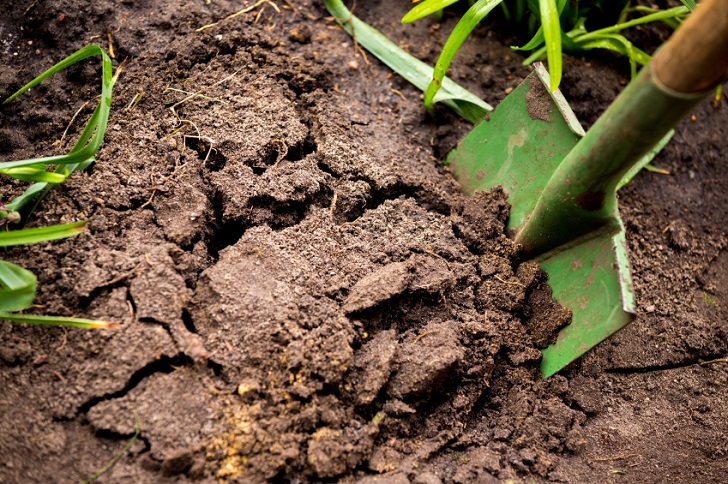
Do you indulge in a lot of unnecessary gardening chores by force of habit or even ignorance?
The time wasted in such activities could be gainfully employed in more practical gardening chores. Check whether you are wasting time and resources on any of the following.
1. Trying to amend the basic nature of your soil
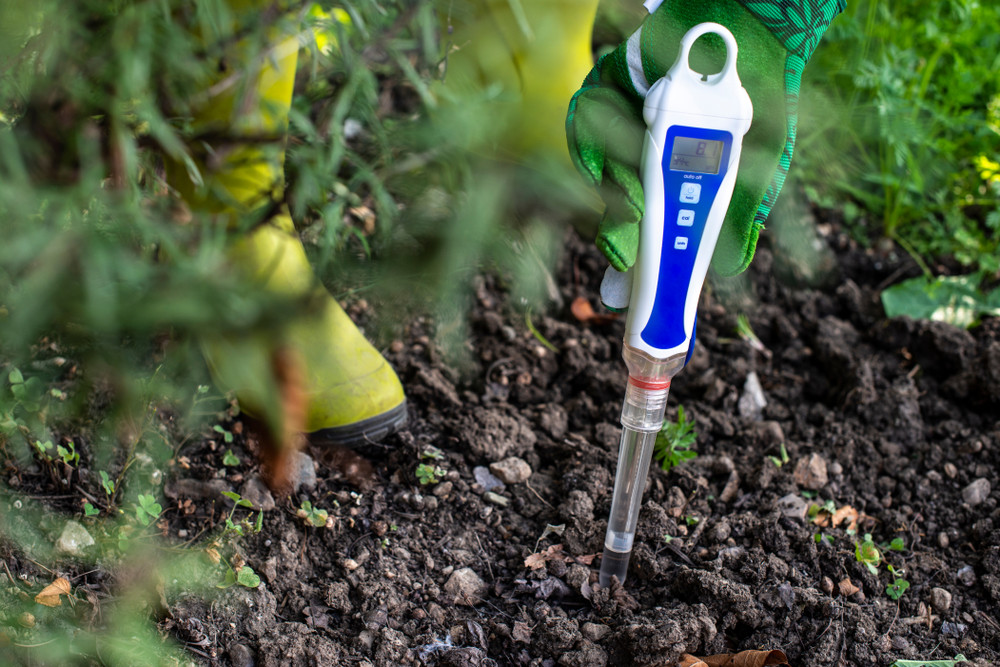
If you garden in an area with limestone, your soil will be alkaline. Similarly, gardens close to woods and in low-lying, waterlogged areas tend to have acidic soil.
Some plants love slightly acidic soil; some prefer it a little on the sweeter side. But don’t waste your time trying to drastically change the basic nature of the soil in your area to suit the plants you want to grow.
Adding urea and plenty of organic matter to alkaline soil or liming acid soils with calcium carbonate or magnesium carbonate may neutralize the pH temporarily, but the effect will not be permanent.
It would be much better to garden in raised beds or grow plants that do well in the respective soils with minimal amendment.
2. Tilling large areas of the garden
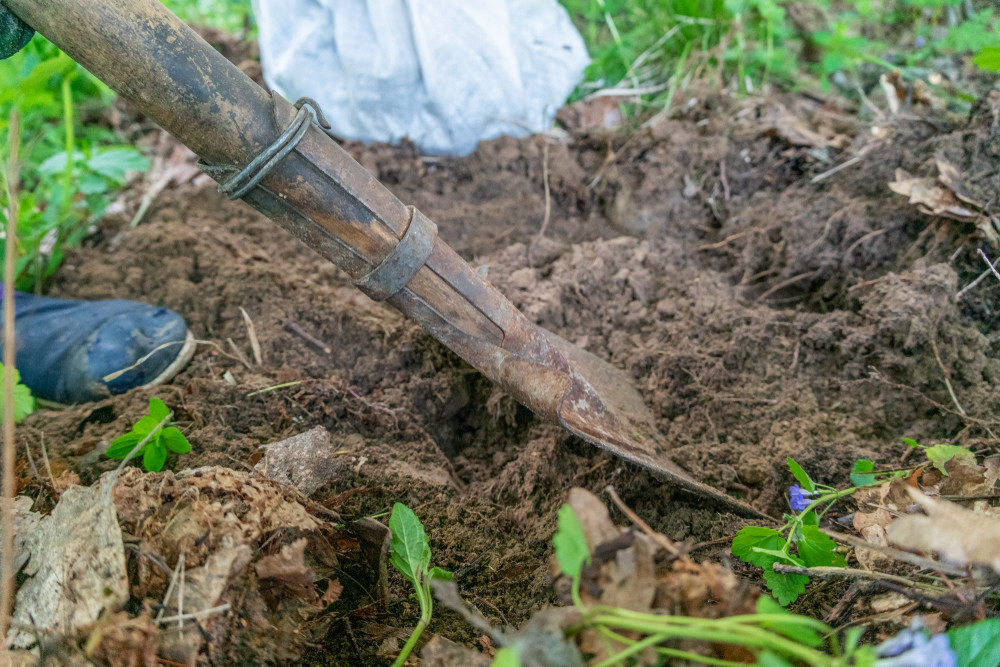
Tilling the land is an age-old gardening practice to remove weeds, aerate the soil, and mix in compost and other additives.
All self-righteous gardeners feel an inner urge to give the land a thorough tilling before the planting season, although it has been found to be a time-wasting exercise in most situations.
If you till your yard once, you will find that you have to continue doing that over and over again.
Ground that is distrubed is quickly taken over by weeds that have been waiting for such an opportunity. The new weeds may be even more vigorous than the ones you wanted to eliminate in the first place.
Restrict tilling to the planting area, and keep it to the minimum. Look at how nature adds organic matter to the top of the soil and still nurtures a large variety of plants.
Do the same, and maybe earthworms and other soil dwellers will take care of the rest.
3. Pulling out all the crops at the end of season
Meticulous gardening involves a thorough fall clean up, but there’s really no need to pull up each and every crop and add it to the garbage or compost pile.
Remove the top growth if you must, but leave the roots to decompose in the soil. They help keep the soil aerated and may even enrich it with some nutrients.
4. Overwatering
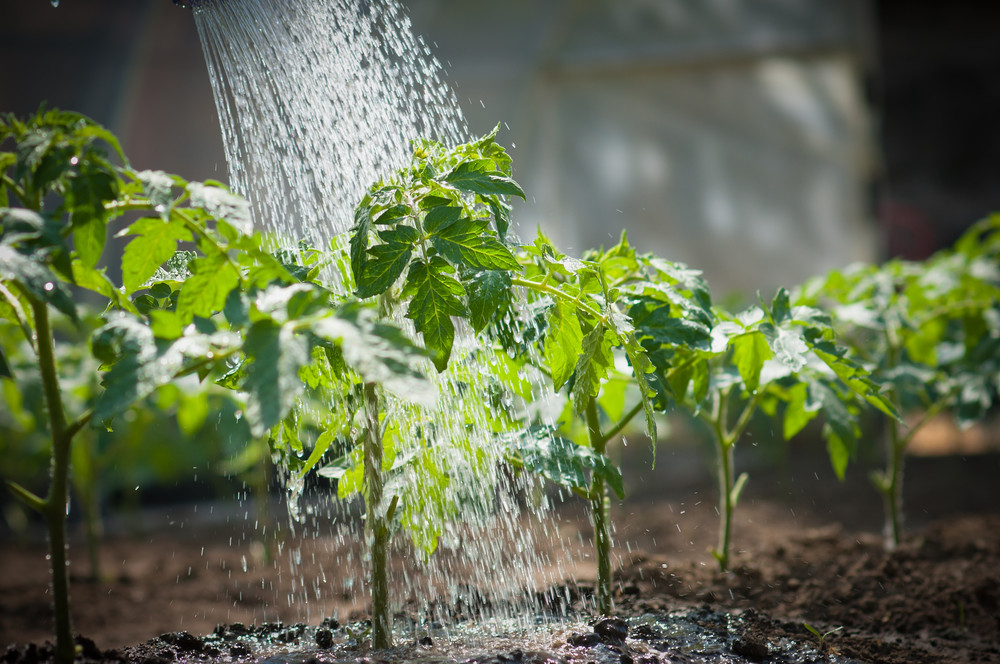
Watering the garden is a highly therapeutic activity; it satisfies our nurturing instincts. But plants only need just enough water to keep them hydrated.
Overwatering can result in extensive vegetative growth at the expense of yield. It promotes weed growth and depletes the nutrients in the soil.
5. Overfertilizing
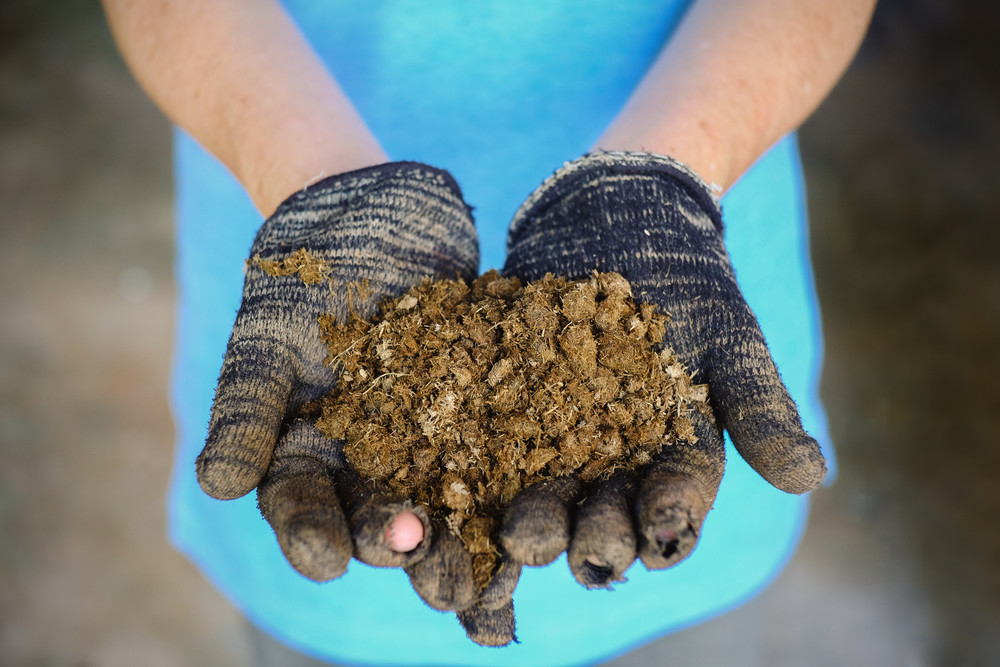
This is another common mistake of both novice and veteran gardeners. Soil enriched with compost and other organic matter often has all the nutrients plants need.
An occasional feeding is appreciated by all plants, but heavy and frequent fertilization increases salt buildup, which can burn the plant tissues.
Look out for specific nutrient deficiencies and fertilize accordingly, rather than waste time and money on routine feeding.
6. Trying to grow vegetables in shade
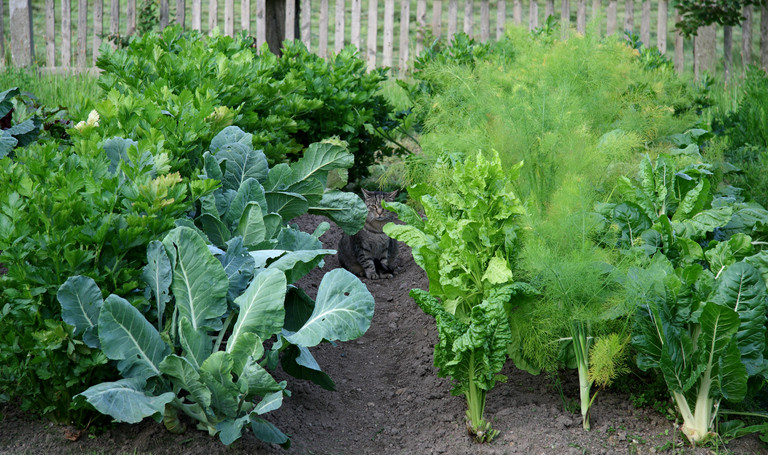
Most vegetables need full sun to reach their potential in terms of growth and yield. Some may tolerate dappled light if all their other needs are met. There are only a few that will thrive in partial shade, and you’d be hard pressed to find any that do well in complete shade.
So, if you intend to grow food, set aside the sunniest spots for the vegetable patch and leave the low-light areas to sweet box, hostas and other ornamentals that will thrive there.
7. Spraying pesticides
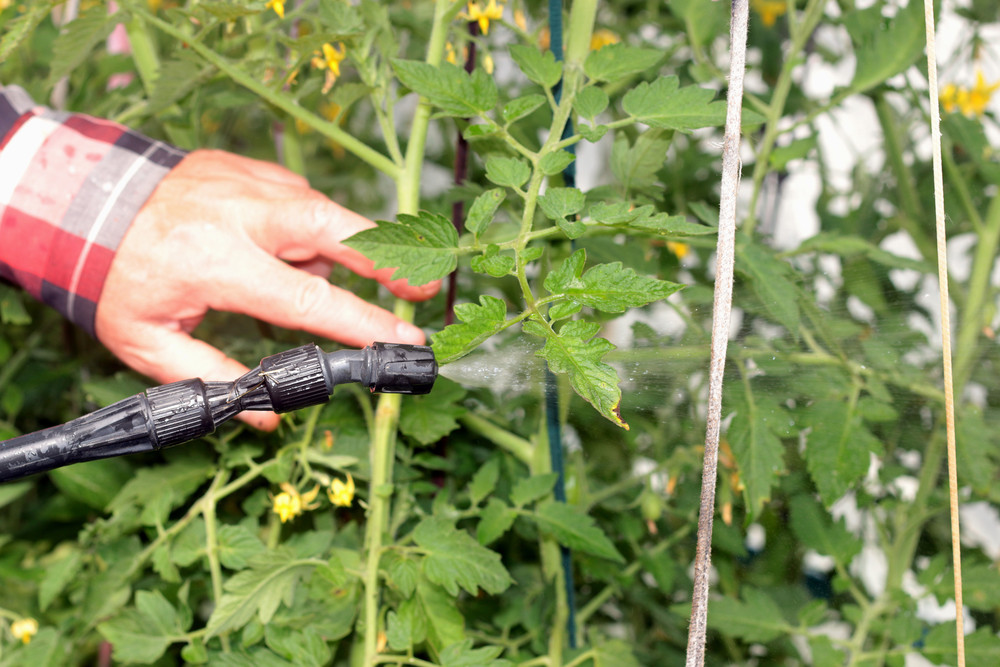
If you research on any authentic agricultural websites, you will find spraying schedules as part of routine crop maintenance.
Many gardeners are under the impression that they need to use wide-spectrum pesticides on a regular schedule to maximize yield. Home gardeners need not follow the practices of large food production firms.
A garden is meant to be populated by not only plants but a variety of animal life. In fact, their presence is an indication of the health of your garden.
Some insects are pollinators; some act as bio-controls on others. Avoid spraying with pesticides that kill indiscriminately.
That said, we cannot possibly allow a major chunk of the plants and their produce to be devoured by unwelcome guests.
Try mechanical and biological controls first, and if that doesn’t seem to have much of an effect, turn to organic pesticides like neem oil that do not harm pollinators.
An advantage of neem oil is that it is not a contact poison. The pests have to ingest plant parts containing the oil, so those eating leaves, stem, root or fruit are mostly affected.
8. Spraying herbicides
Herbicides may seem like an easy alternative to other time-consuming weeding operations, but the action of weed killers that do not harm your plants is limited to existing weeds. That’s why they are called post-emergent herbicides.
They can quickly clear an area for planting, but new weeds will eventually sprout in your beds. You cannot reuse the herbicide unless you’re growing genetically modified herbicide-resistant plants.
Beware of the potential health hazards of using toxic chemicals and GM crops. Moreover, weeds are getting increasingly resistant to these chemicals.
9. Trying to grow exotics
Long ago, when people were exploring the world and discovering many unknown lands, bringing home exotics and growing them in Wardian cases and glasshouses was a raging hobby.
Most gardeners are not immune to zone envy, but pampering a few plants––native or introduced––that do well in other areas, but not locally, is often a waste of time and effort. Invest the same on plants guaranteed to thrive in your area.
10. Digging too deep a hole for tree saplings
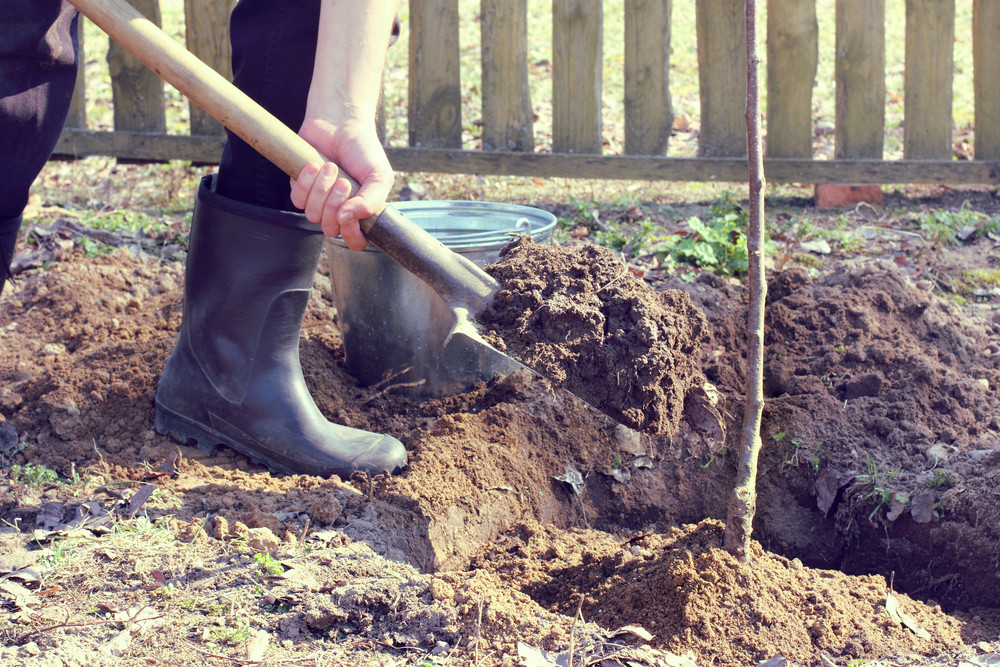
People have the misconception that deep holes help anchor a growing tree better. Saplings planted in holes too large and deep tend to restrict their roots to that area with loose soil.
Smaller holes, preferably of larger diameter than depth, force the plant to send out roots in all directions, which would give it more stability in the long run.
11. Trying to discipline bushes
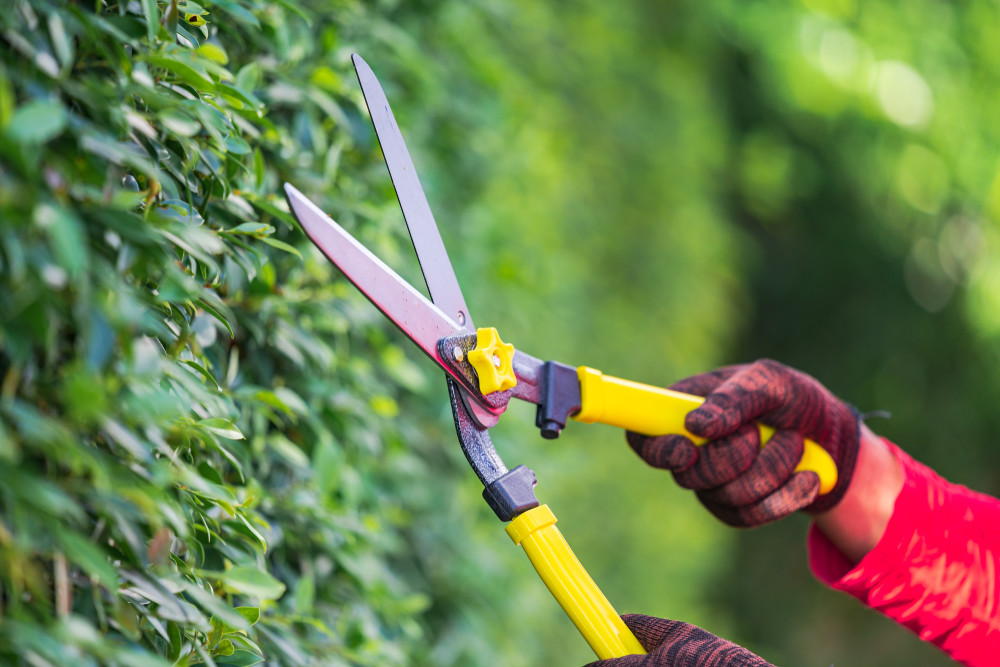
Gardening may sometimes seem like a deliberate attempt to exercise control over our surroundings and tame nature.
Topiary, in particular, was born out of this sentiment. With due apologies to aficionados of this gardening practice, trying to control the growth and shape of shrubs and trees with frequent pruning can be a futile effort and can actually harm a plant.
While infrequent and regular pruning can be helpful, too much can be devastating for a plant, especially one that is young.
Select and site plants carefully, keeping in mind their natural form, growth habits, and final size. You can find naturally compact shrubs, conifers with neat columnar form, and small or slow growing trees.
